Fun Indoor Kid Friendly Activities: Engaging Your Children at Home
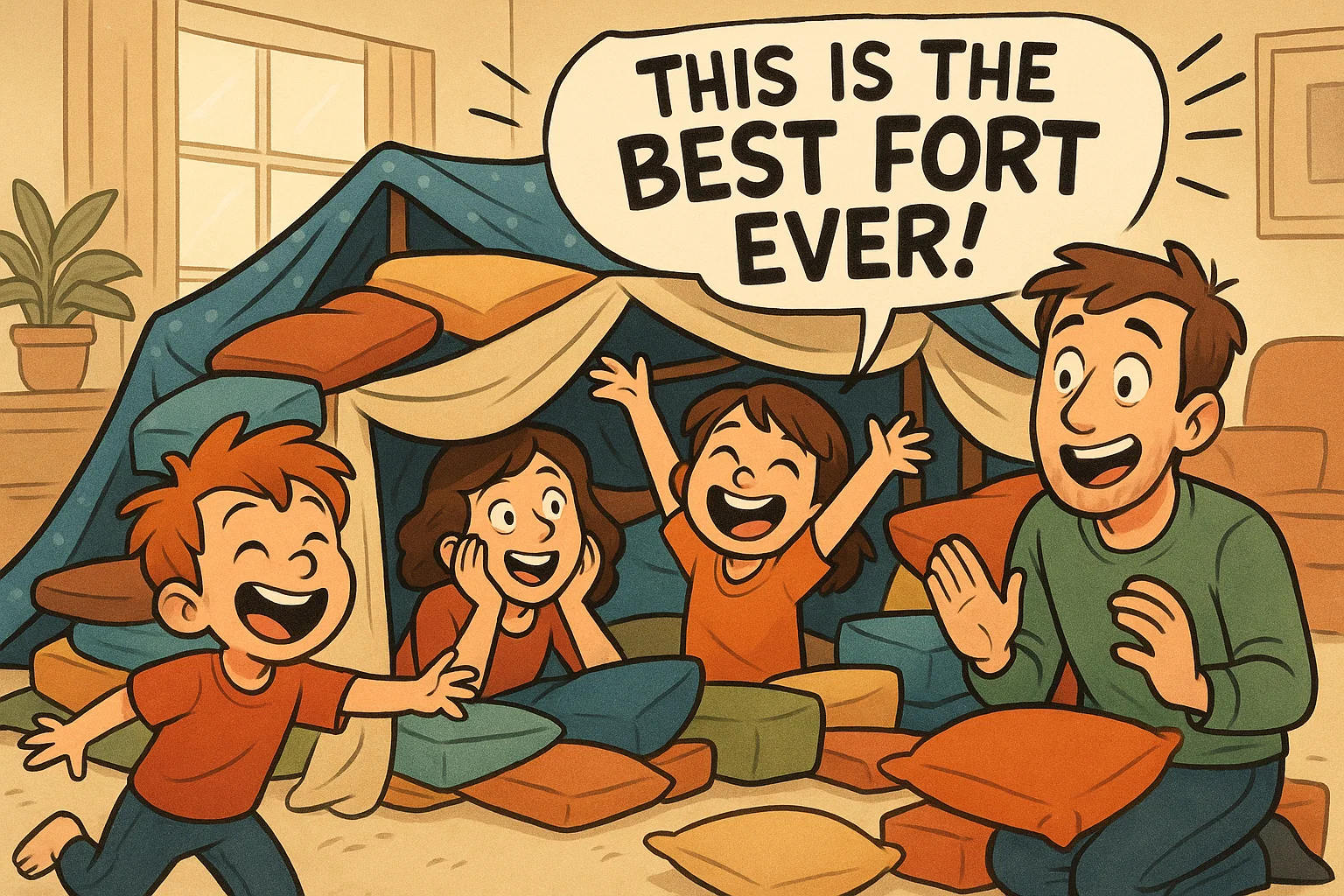
When the weather keeps kids indoors or you’re looking for meaningful ways to spend time at home, having a repertoire of engaging indoor activities becomes essential. Whether you’re dealing with a rainy day, school holiday, or simply want to create memorable moments with your family, the right indoor activities can transform any ordinary day into an adventure of learning, creativity, and fun.
The key lies in selecting activities that not only entertain but also build essential life skills while keeping kids actively engaged.
Creative Activities 🎨
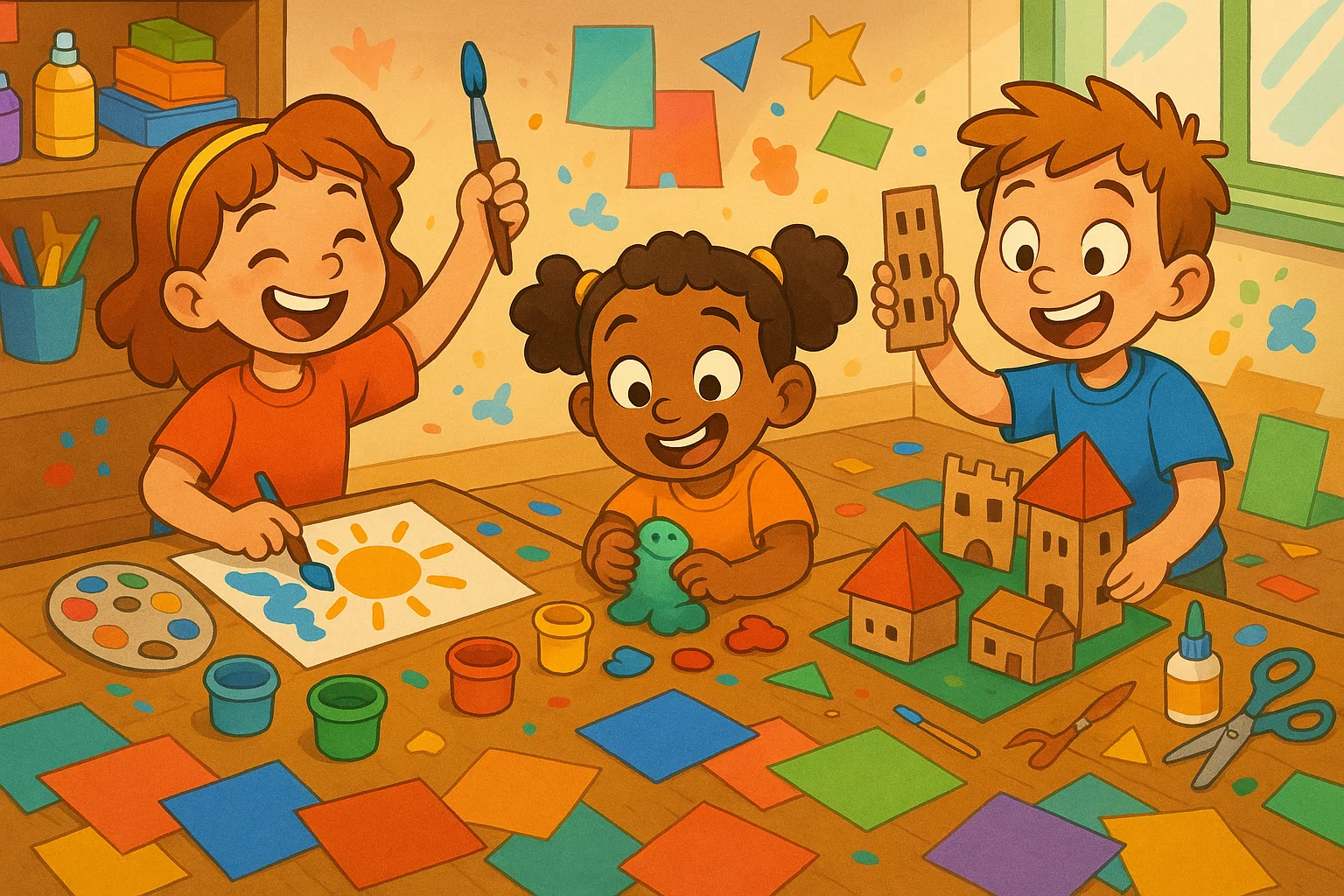
Creative expression plays a vital role in child development, fostering imagination, problem-solving skills, and emotional intelligence. These activities encourage kids to think outside the box while developing fine motor skills and artistic abilities.
Arts and Crafts
Transform your home into an art studio with simple supplies like paper, crayons, scissors, and glue. Set up a dedicated craft station where kids can create masterpieces without worry about mess. Consider rotating different art mediums weekly—watercolors on Monday, clay sculpture on Wednesday, and collage work on Friday.
According to child development experts, art activities help children process emotions and develop critical thinking skills. Encourage your kids to tell stories about their creations, which builds narrative skills and boosts confidence.
Homemade Modeling Dough
Creating homemade play dough becomes an educational activity in itself. Mix flour, salt, water, and food coloring to create a safe, non-toxic modeling material. This simple science experiment teaches kids about measurements, following instructions, and chemical reactions.
Once the dough is ready, children can build characters, create miniature worlds, or practice forming letters and numbers. The tactile experience strengthens hand muscles crucial for writing development.
Create a Craft Museum
Transform your living space into a personal museum showcasing your child’s artwork and craft projects. This activity teaches kids to value their creations while developing organizational and presentation skills. Set up different “galleries” throughout the house, complete with handmade labels and descriptions.
Invite family members for official “museum tours” where kids act as curators, explaining their artistic choices and creative processes. This builds public speaking confidence and helps children articulate their thoughts.
Make a Movie
With today’s technology, creating a family movie has never been easier. Kids can write scripts, design costumes, build sets, and star in their own productions. This comprehensive activity combines storytelling, planning, and technical skills.
Start with simple storylines and gradually introduce more complex elements like different camera angles, sound effects, and basic editing. The finished product becomes a treasured family keepsake while teaching valuable digital literacy skills.
Make a Friendship Bracelet
Bracelet making combines creativity with fine motor skill development. Using colorful threads, beads, or even paper strips, kids can create personalized accessories for friends and family. This activity teaches pattern recognition, color coordination, and the joy of giving handmade gifts.
Consider organizing bracelet-making sessions where siblings or friends can work together, sharing techniques and creating matching designs. These collaborative moments strengthen social bonds and communication skills.
Educational and Critical Thinking Activities 🧠
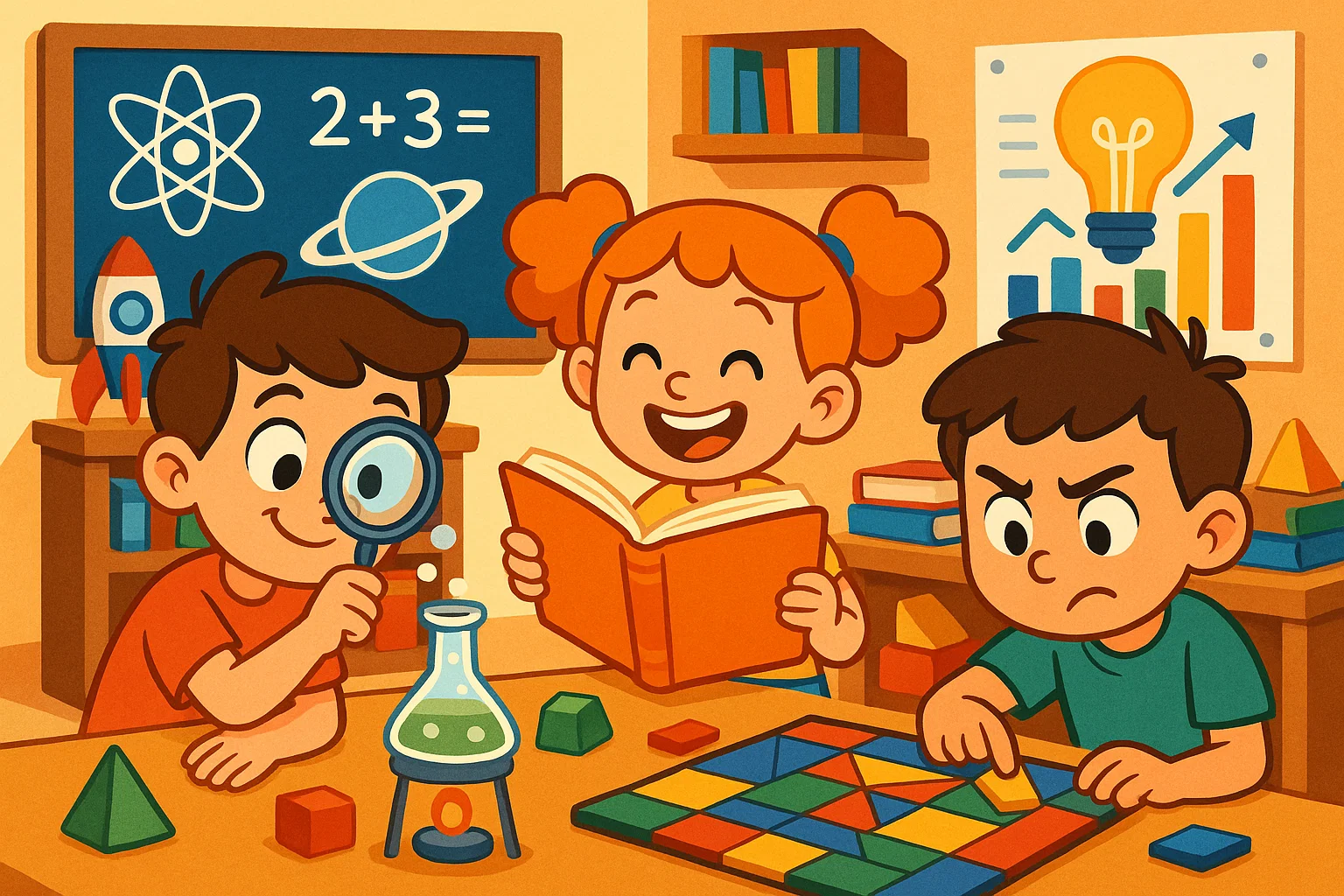
Learning doesn’t stop when school ends. These educational indoor activities make learning fun while building essential academic and life skills that will benefit children throughout their educational journey.
Learning Activities
Transform everyday moments into learning opportunities by incorporating educational games into regular routines. Create math challenges during cooking, practice spelling during grocery list writing, or explore geography through virtual museum visits online.
The National Association for the Education of Young Children emphasizes that children learn best through hands-on, meaningful experiences. Set up learning stations around your home focusing on different subjects—a reading nook, a math corner with manipulatives, and a science observation area.
Science Experiments
Simple household items can create fascinating science experiments that spark curiosity and teach scientific principles. Volcano eruptions using baking soda and vinegar, growing crystals with salt water, or creating rainbow milk with food coloring and dish soap all demonstrate scientific concepts in engaging ways.
Document experiments in a family science journal, encouraging kids to hypothesize, observe, and record results. This process mirrors real scientific methodology and builds analytical thinking skills.
Brain Teasers and Riddles
Challenge young minds with age-appropriate puzzles, riddles, and brain teasers. These activities strengthen problem-solving abilities, logical reasoning, and persistence. Create daily challenge cards with different difficulty levels to maintain engagement without causing frustration.
Studies from the Journal of Intelligence show that regular mental challenges help develop cognitive flexibility and critical thinking skills essential for academic success. Make it fun by timing solutions or working together as a team.
Reading Out Loud
Reading aloud benefits children of all ages, improving vocabulary, comprehension, and listening skills. Choose books slightly above their independent reading level to expose them to more complex language structures and ideas.
Create character voices, discuss plot predictions, and ask open-ended questions about the story. This interactive approach transforms reading from a passive activity into an engaging, educational experience.
Podcasts and Audiobooks
Educational podcasts designed for children offer excellent learning opportunities while developing listening skills and attention span. Popular options include “Wow in the World” for science topics, “Circle Round” for storytelling, or “Brains On!” for curious young minds.
Create listening stations with comfortable headphones and encourage kids to draw or write about what they hear. This multi-sensory approach reinforces learning and keeps children actively engaged.
Active and Physical Activities 💪
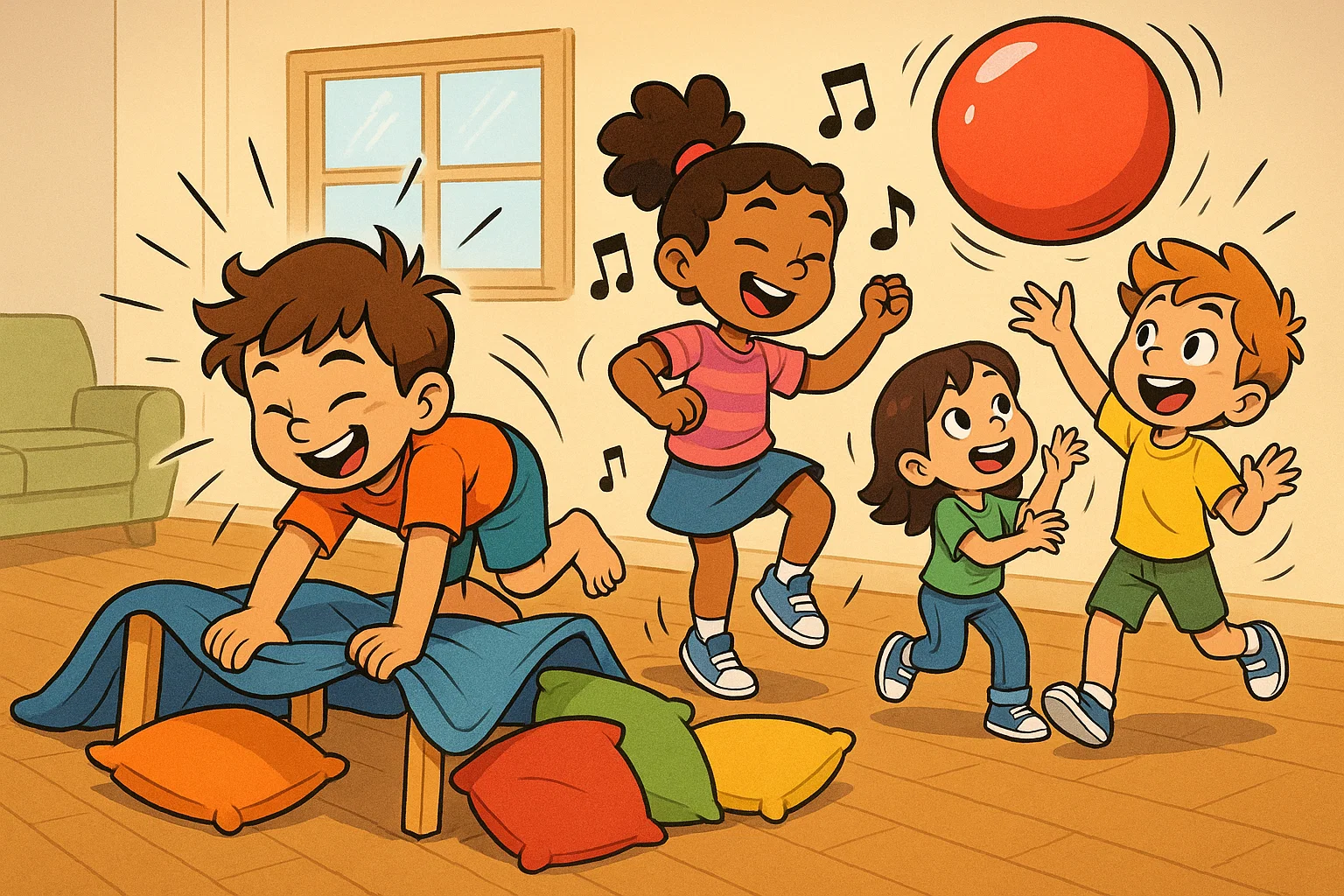
Physical activity remains crucial even when confined indoors. These activities help children burn energy, develop motor skills, and maintain physical health while having fun at home.
Indoor Obstacle Course
Design obstacle courses using household items like pillows, chairs, and tape marks on the floor. Create challenges that require crawling under tables, jumping over pillows, or balancing on lines. This activity develops gross motor skills, spatial awareness, and following sequential directions.
Change course layouts regularly to maintain interest and gradually increase difficulty levels. Time completion for added excitement, or create team challenges where family members work together to complete the course.
Dancing and Music
Music and movement activities provide excellent cardiovascular exercise while developing rhythm, coordination, and self-expression. Create dance parties with different music genres, teaching kids various dance styles or letting them create their own moves.
Incorporate freeze dance games, musical chairs, or follow-the-leader dancing to add structure and rules. These activities also help children understand beat, tempo, and musical patterns.
Yoga Sessions
Kid-friendly yoga combines physical activity with mindfulness and relaxation techniques. Many online resources offer child-appropriate yoga sessions that use animal poses and storytelling to maintain engagement.
Regular yoga practice helps children develop balance, flexibility, and emotional regulation skills. Create a calm yoga space with soft lighting and peaceful music to enhance the experience.
Balloon Ball
Transform a simple balloon into hours of active fun. Balloon games develop hand-eye coordination while providing safe indoor exercise. Play keep-it-up challenges, balloon tennis, or create balloon obstacle courses.
These activities require minimal space and equipment while providing substantial physical activity. The soft nature of balloons makes them perfect for indoor play without damage concerns.
Play and Imagination Activities 🌟
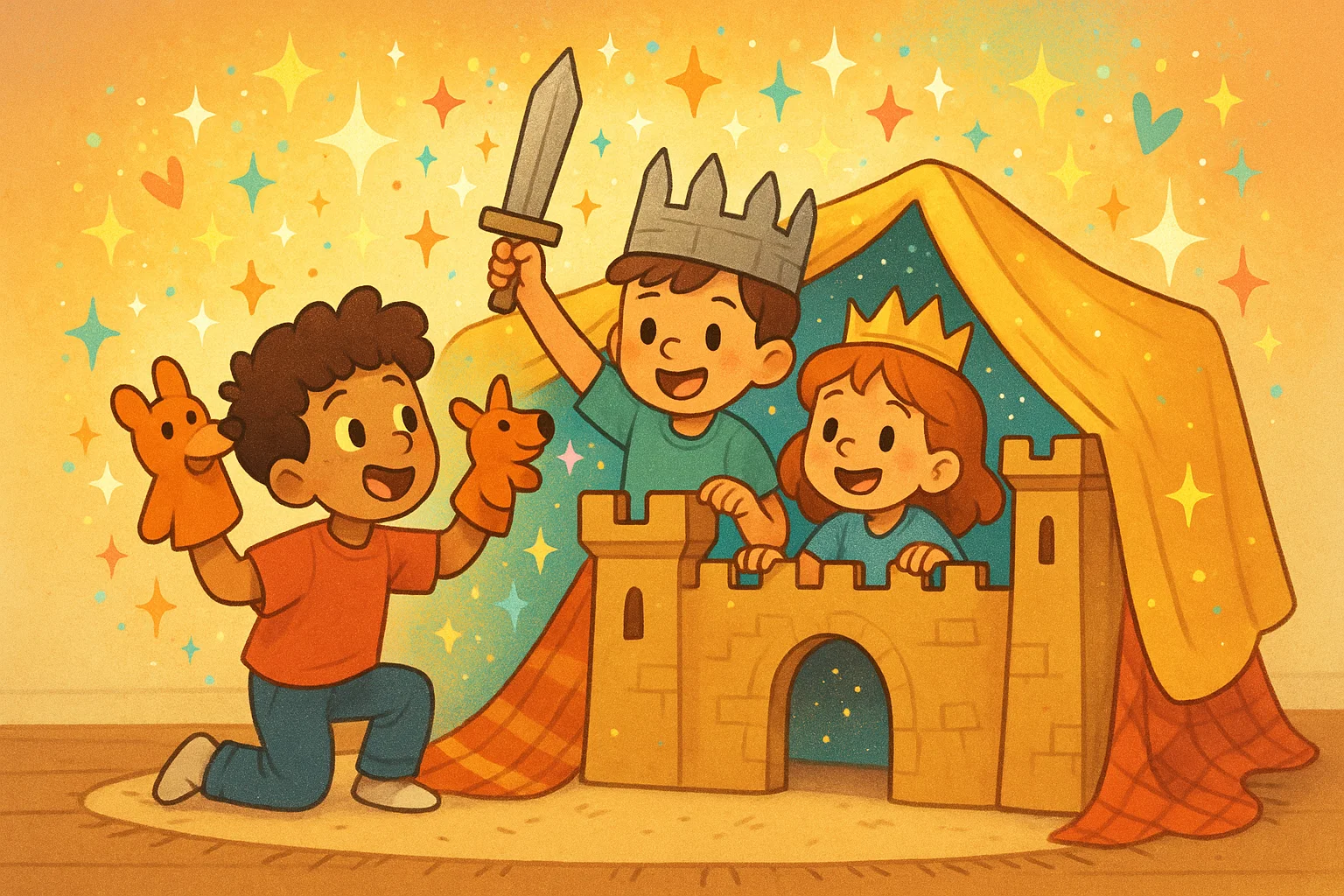
Imaginative play forms the foundation of creativity, social skills, and emotional development. These activities encourage children to explore different roles, scenarios, and creative solutions.
Board Games
Board games offer structured fun while teaching valuable life skills including turn-taking, strategic thinking, and handling both winning and losing gracefully. Choose age-appropriate games that challenge without overwhelming young players.
Classic games like Monopoly teach money management, while strategy games like Chess develop critical thinking. Cooperative games where everyone works toward a common goal promote teamwork and collaboration skills.
| Age Group | Recommended Games | Skills Developed |
| 3-5 years | Candy Land, Chutes and Ladders | Counting, colors, following rules |
| 6-8 years | Sorry!, Uno, Connect 4 | Strategy, pattern recognition, patience |
| 9-12 years | Monopoly, Scrabble, Risk | Math skills, vocabulary, complex strategy |
Jigsaw Puzzles
Puzzles provide quiet, focused activity that develops problem-solving skills, patience, and visual-spatial reasoning. Start with age-appropriate piece counts and gradually increase difficulty as skills improve.
Working on puzzles together creates opportunities for collaboration and conversation. The satisfaction of completing a challenging puzzle builds confidence and persistence in facing difficult tasks.
Building a Blanket Fort
Fort building combines engineering concepts with imaginative play. Using blankets, pillows, and furniture, kids learn about structural stability, spatial reasoning, and creative problem-solving.
Once built, forts become magical spaces for reading, playing games, or simply relaxing. This activity encourages independent play while providing a sense of accomplishment and ownership over their creation.
Treasure Hunt
Create indoor treasure hunts using clues, maps, and hidden prizes throughout your house. These activities develop reading comprehension, logical thinking, and following multi-step directions.
Tailor difficulty levels to your child’s abilities, incorporating math problems, word puzzles, or physical challenges as clues. The anticipation and excitement of discovery make learning feel like an adventure.
Put on a Play or Comedy Show
Encourage kids to write, direct, and perform their own theatrical productions. This comprehensive activity develops creativity, public speaking skills, and self-confidence while providing family entertainment.
Provide simple costumes, props, and a designated performance area. Record shows to create lasting memories and allow kids to review and improve their performances.
Life Skills Activities 🏠
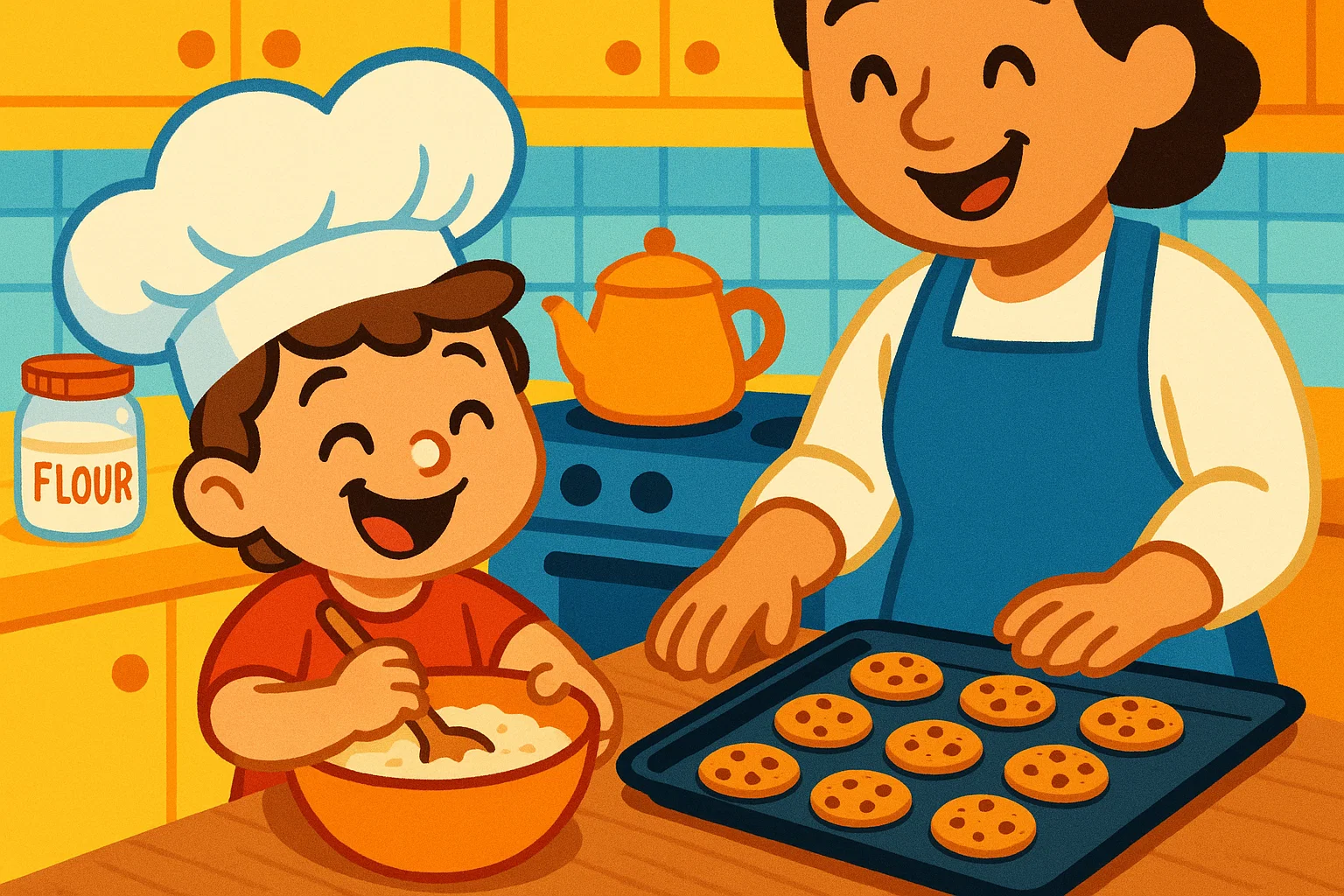
Teaching practical life skills through engaging activities prepares children for independence while building confidence and responsibility. These activities demonstrate that learning happens everywhere, not just in traditional academic settings.
Cooking and Baking
Kitchen activities teach math through measuring, science through chemical reactions, and reading through following recipes. Start with simple, age-appropriate tasks and gradually increase complexity as skills develop.
Cooking together provides opportunities for conversation, cultural learning, and building family traditions. The sense of accomplishment from creating something delicious motivates continued learning and skill development.
Organize a Closet
Organizational projects teach categorization, decision-making, and responsibility for personal belongings. Make it fun by playing music, setting timers, or creating donation piles for clothes that no longer fit.
These activities develop life skills while contributing to household management. Kids learn the satisfaction of completing real-world tasks while developing pride in their living environment.
Indoor Garden
Growing plants indoors teaches responsibility, patience, and basic botany concepts. Start with easy-to-grow options like herbs, succulents, or sprouting seeds that show quick results.
Daily plant care routines develop consistency and nurturing behaviors. Watching plants grow provides concrete examples of life cycles, growth patterns, and the importance of consistent care.
FAQ
What are the best indoor activities for rainy days?
Craft projects, reading sessions, and building activities work excellently for extended indoor periods. Rotate between creative, physical, and educational activities to maintain engagement and prevent boredom throughout the day.
How can I make educational activities fun for my kids?
Incorporate games, challenges, and hands-on experiences into learning. Use timers, create competitions, or add storytelling elements to academic subjects. The key is making learning feel like play rather than work.
What supplies should I keep on hand for spontaneous indoor activities?
Basic craft supplies (paper, crayons, glue, scissors), building materials (blocks, cardboard boxes), books, puzzles, and simple science experiment materials (baking soda, vinegar, food coloring) create endless activity possibilities.
How do I balance screen time with other indoor activities?
Establish clear boundaries and offer equally engaging alternatives to screens. Create activity schedules that alternate between different types of play, ensuring physical, creative, and educational elements are included throughout each day.
